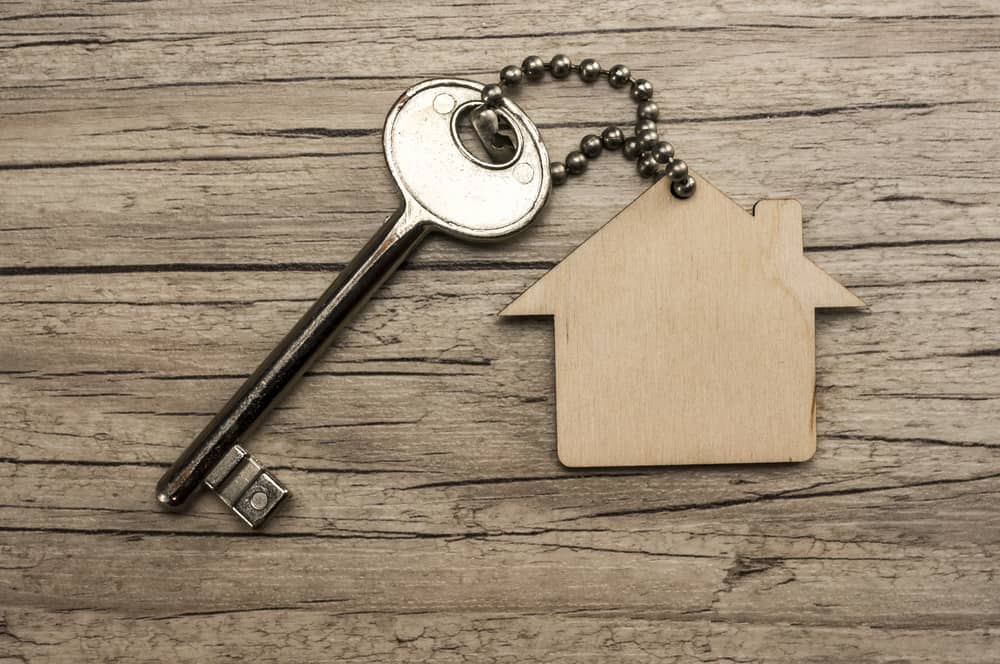
In its Building Post Pandemic Prosperity report, Propertymark warned that council waiting lists could almost double to 2.1 million by next year, as government support measures come to an end.
Faye Greaves, policy and campaigns officer at Propertymark, said: “We absolutely need the number of newly-built social rented homes to increase to support those on the lowest incomes.
“Social rented housing is hugely important for people who are on the lower end of the income-scale, especially when the welfare system is not providing an adequate safety net.
“As we emerge from the pandemic, lower-income renters are facing mounting pressures on their ability to pay their rent, with rising energy prices, inflation set to top 4% by the end of the year, the freeze on Local Housing Allowance rates and the removal of the uplift in Universal Credit only set to exacerbate that.
“While landlords in the private rented sector have been happy to shoulder some of the burden, it is not fair on them or vulnerable tenants who then fall into arrears – the private rented sector is not a replacement for social housing.
“Unfortunately, the number of social rented homes is falling in large part due to Right to Buy sales, with limited like-for-like replacements of those taken out of the social housing stock.
“There must be a shift to a significant social housebuilding programme to redress the balance and cater for a clear need – it is the most reliable long-term solution to unaffordability in the private rented sector.”
The latest government figures show almost 1.2 million households are on waiting lists for social housing in England alone.
However, the net supply of social rented homes let at genuinely affordable ‘social’ rents has fallen by almost 210,000 in England between 2012 and 2020, according to the Chartered Institute of Housing’s annual UK Housing Review 2021.
Despite 70,000 new social rented homes being built, more than 280,000 have either been sold, converted to higher rents, or demolished since April 2012, with 121,000 right-to-buy sales and 116,000 conversions to higher rents.



